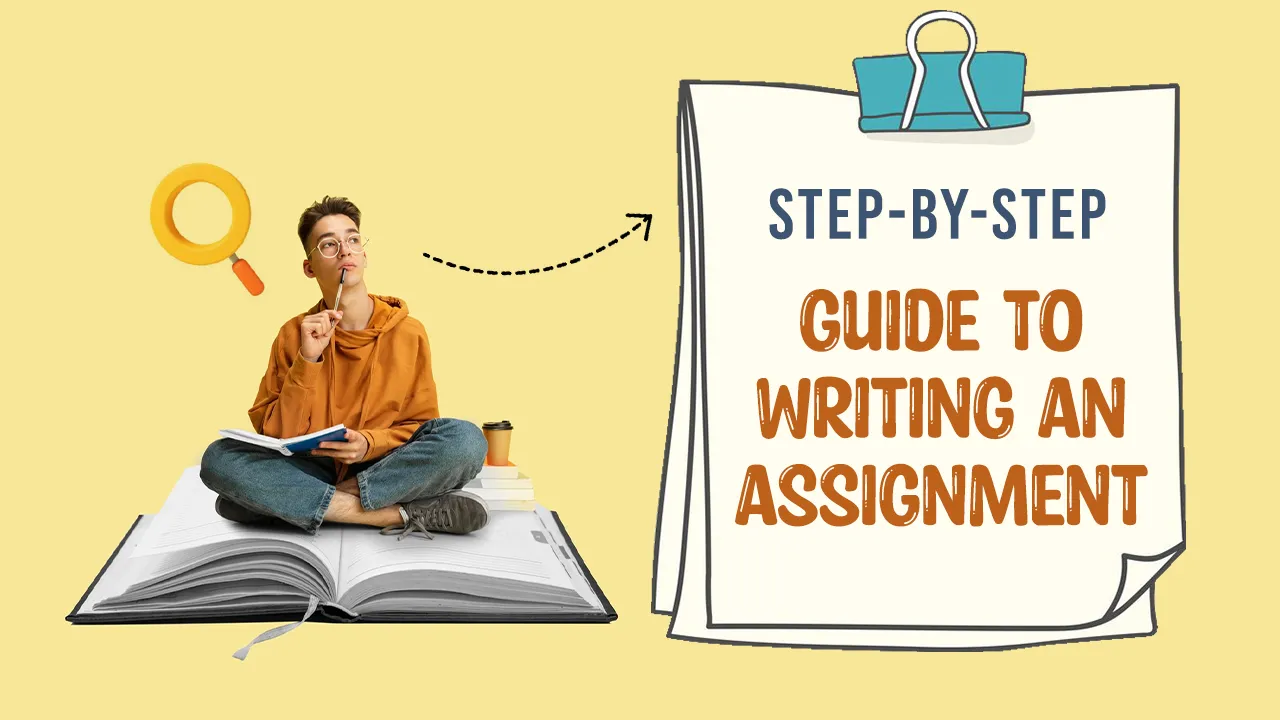Introduction
A literature review is the most important section of a research study that is given thorough attention and is framed in a proper format. This is essential to see as the main classification is made towards the study that ensures and reveals the writing with the help of reliable sources that signify the study.
The literature review is formalised based either on the existing study or is anticipated as a new one. If the study is well-conducted and framed then it not only helps one in completing the task but also helps in identifying the gaps which is crucial to state.
The more enhanced the review of the literature section is the more value the study holds.
How to Structure a Scientific Literature Review
1. Identify Your Research Problems
Start your review by writing focused research problems. These problems will keep your literature review specific, relevant, and directed.
- They also help you remove unnecessary literature.
- Focused research writing keeps your work relevant to the objectives of your research question.
- Good research questions will lead to a more productive literature review process.

2. Obtain Important, Credible Sources
The next step is to research academic, verified, or credible literature that relates to your identified research problem.
- Reliable literature examples are peer-reviewed journal articles, academic textbooks, theses, dissertation filings, or conference proceedings and abstracts.
- Some general examples of databases include Google Scholar, PubMed, and ScienceDirect.
- You can use a reference manager (Zotero, Mendeley, or EndNote) as a helpful way to collect and organise your articles.
3. Conduct a Strategic and Systematic Search
To avoid information overload, take a strategic approach with relevant keywords keyed into the search filters.
How to search the right sources of literature review:
- Boolean operators will help organise the searches (AND, OR, NOT) will get you to the most relevant literature and research.
- Make sure you are using specific discipline terms.
- Try limiting the search to date, publication type, or methodology.
- When you keep the search process narrow and purposeful, you will limit the literature you collect that is not useful.
4. Put the Most Important Studies First
Not every source will be qualified for you to include. Make sure that you've critically reviewed each study before adding it to your review.
What to consider when writing a literature review :
- Relevance to your research question.
- Credibility of the source or journal (i.e., peer-reviewed, high-impact factor journal).
- Recency of the study (this is particularly relevant in fast-evolving fields!).
The more applicable studies you include, the stronger your review will read and flow for clarity.
5. Organise and Present Your Findings Using an Organised Layout
Now that you have your sources or studies, the next step for format your findings in a coherent and orderly manner.
What are the common literature review structures:
- Chronological - order by publication date
- Thematic - order by topic or theme
- Methodological - order by research methods
- Conceptual - order by theoretical frameworks
Tip: If you are writing a thesis or dissertation, this part is extra important. You may want to seek dissertation help to formally lay out your findings, using proper academic tone and style.
Utilising tables, graphs, or mapping tools to visually demonstrate grouping of similar findings or any theories or gaps in the literature.
6. Analyse and Synthesise the Literature
A literature review is not merely a summary. It is a critical review of the research you have examined, synthesising your readings into meaning.
What are the key steps to include:
- Identify trends, gaps, contradictions, and consensus in the studies.
- Compare and contrast the methodologies and conclusions of studies.
- Explain how your work extends, critiques, or fills in the gaps in a study.
Now the literature review becomes something other than a laundry list of references - it becomes, instead, a valuable piece of academic work.
7. Stay Up-to-Date with Current Research
Academic literature evolves quickly. To keep pace and continue being relevant, it is important to always stay up-to-date.
How to stay up-to-date with research:
- Utilise Google Scholar alerts on key terms.
- Follow key academic researchers on ResearchGate or a similar website.
- Do a regular scan of the journals in your field of research.
If you are engaging in an academic paper or assignment for study, staying current is an important part of the process. The use of an essay help service can assist in your referencing and data to ensure the references and data are altogether new from the time you are analysing it.

Frequently Asked Questions (FAQ's)
1. What is a Literature Review in Research?
A literature review in research is a study that is standardised with a comprehensive one be it related to the existing one or is summoned with a new perspective. It is categorised with relevant theories along with various findings and methods that assemble the foundation of the study.
2. What are the Three Parts of a Literature Review?
The major three parts of a literature review section are an introduction, the main body where different sections are amended that instincts with data analysis and interpretation, methodologies and lastly the conclusion. Amending these three are way too necessary whenever drafting the literature review section.
3. What is the Purpose of Literature?
The purpose of the literature review section is to sanction the understanding of existing studies be it of any field of study and look for the gaps that make the biggest difference. The process is done after reminiscing about the previous study and then comparing it with the new one to outsource the findings in a prior form of way.
4. What is the Main Body of the Literature Review?
The main body of the literature review is to look for relevant research methods in support of the study that standardises the differences along with analysing critical outputs in support of your findings.
5. What is the Format of a Literature Review?
The format of a literature review is to fluent the study by embedding it with a proper introduction that also links thematic or chronological research studies, looking after the critical analysis of key research studies and lastly, the conclusion that states the gaps augmented during the functioning of the research.
Want to dive deeper? Get in touch with us and continue exploring today.What is a Literature Review? Types and Examples Explained.
Conclusion
A well-drafted literature review is appreciated and also helps one with the scientific research goal positively. By availing the above-mentioned goals one can easily align the review of the literature section with the best and most refined strategy. The assignment help team ensures to state the study with the finest adherence as the review of literature section is the cornerstone of the study that grounds the interest of one and helps them stand diverse among the available. Indulging with the process helps with clarity and confidence thereby setting the stage for scientific exploration and indulgence.







This article is a must-read for researchers. It provides a comprehensive guide to navigating databases, organizing findings, and synthesizing literature effectively. The suggestions for tools like Google Scholar and thematic organization are practical and valuable.
A well-detailed and insightful article! It breaks down the complexities of a literature review into manageable parts. The emphasis on identifying gaps and ensuring relevancy is especially helpful for producing high-quality scientific research.
This guide is incredibly thorough and well-structured. It simplifies the process of conducting a literature review, making it easy to follow for both novice and experienced researchers. The step-by-step approach and inclusion of practical tips ensure clarity and effectiveness in writing